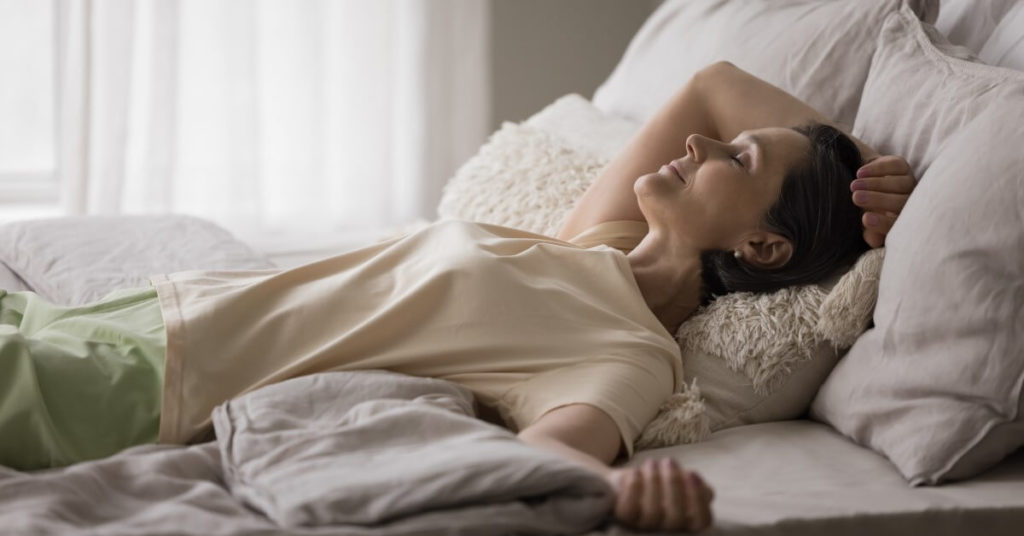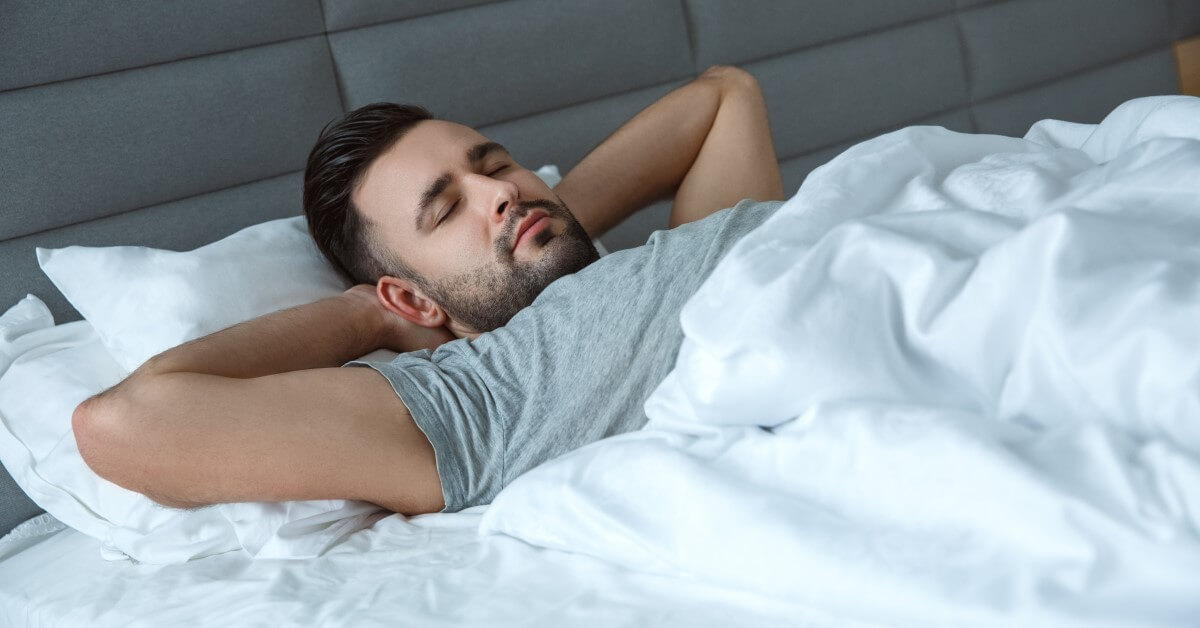
The Ultimate Sleep Position for Facial Skin | How to Get the Most from Your Pillows | What’s the Takeaway?
Overview
As we learn more about the importance and benefits of sleep, we uncover more ways of targeting its benefits toward our health needs.
“Beauty sleep” is no myth. But can sleep be used for skin health and beauty? You bet it can.
We can target specific skin conditions such as wrinkles and acne by simply adjusting our sleep position – and who wouldn’t want a completely free and relatively simple way of addressing blemishes?
So, if you want to add a powerful partner to your skincare routine, read on.
The Ultimate Sleep Position for Facial Skin
Side sleeping is the most common sleep position for people, with around 54 percent favoring it.[1] Regardless of preference, this sleep position is recommended for people with back pain and pregnant individuals, among others, as it takes the pressure off the areas of the body that could be adversely affected by other sleep positions.
However, due to this position’s potential for causing skin compression and exposure to bacteria on the pillows, it is not the best for facial skin health and appearance. Stomach sleeping is even worse because more of the face is subject to these elements.
Only seven percent of people preferentially sleep on their backs.[1] But unless you have breathing problems such as sleep apnea or are pregnant, it is the ultimate sleep position for you if you want good skin for a long time.
Sleeping on your back also provides a natural elevation for the neck and face so that puffiness and under-eye bags due to the fluid collection are not an issue, as they can be with face-down sleepers.
If you aren’t a back sleeper naturally, don’t worry – you can train yourself to any sleep position with knowledge and practice. And your greatest ally here is already under your head every night.
How to Get the Most from Your Pillows
Pillows will be your best friends in your quest to become a back sleeper. For one, a gentle way to inhibit movement towards your side or stomach as you sleep during the night is to surround yourself with pillows. Placing pillows on your sides and around your hips will do the trick.
You can also place a pillow under your knees, taking some pressure off the back as you sleep and further discouraging moving easily into your previous sleeping position.
Placing a small pillow under your lower back may help if you find that an entire night on your back causes discomfort and soreness.
Use a proper pillow that allows your head to remain slightly elevated and at a level that is comfortable for your neck.
Finally, a good, firm mattress will support your back and whole body as you train yourself to sleep on your back. A soft mattress does not provide enough support for back sleepers and can cause a lot of soreness. If you are not in the market for a firmer mattress and your current one is softer, try a firm mattress topper as a viable alternative.
Good sleep hygiene will also be helpful in your endeavor to sleep on your back. Of particular importance would be to stay away from heavy or spicy foods close to bedtime as well as alcohol and caffeine. All these can cause feelings of heaviness, pressure, and even heartburn – especially when lying on your back.
What’s the Takeaway?
Unlike many creams and lotions that promise great skin, back sleeping is a proven method for a fresher glow. Almost any sleeping position has its benefits and drawbacks. However, sleeping on your back should be part of your skin care regimen for clearer, smoother skin with as few blemishes as possible.
References:
- Skarpsno, E. S., Mork, P. J., Nilsen, T. I. L., & Holtermann, A. (2017). Sleep positions and nocturnal body movements based on free-living accelerometer recordings: association with demographics, lifestyle, and insomnia symptoms. Nature and science of sleep, 9, 267–275. https://doi.org/10.2147/NSS.S145777


